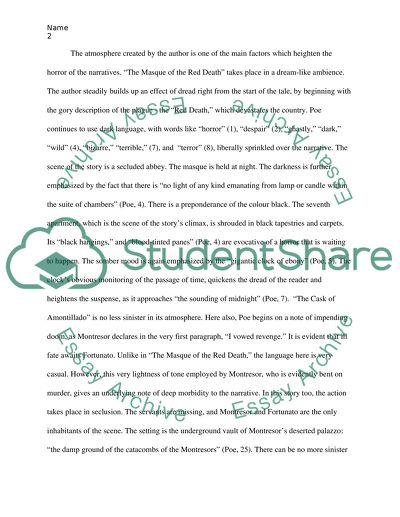Cite this document
(“The Theme of Death Essay Example | Topics and Well Written Essays - 1250 words”, n.d.)
Retrieved from https://studentshare.org/literature/1397911-final-project
Retrieved from https://studentshare.org/literature/1397911-final-project
(The Theme of Death Essay Example | Topics and Well Written Essays - 1250 Words)
https://studentshare.org/literature/1397911-final-project.
https://studentshare.org/literature/1397911-final-project.
“The Theme of Death Essay Example | Topics and Well Written Essays - 1250 Words”, n.d. https://studentshare.org/literature/1397911-final-project.


